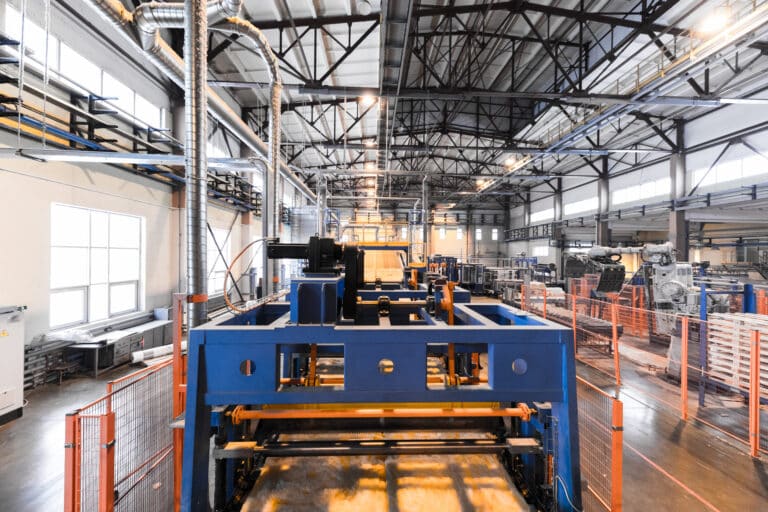Renewable energy options represent one of the fastest-growing sources of power in the energy industry. While it took a long time to catch on in a significant way, clean energy resources have enjoyed a dramatic leap forward during the 21st century due to increased demand for cutting down on carbon emissions and a jump in efficiency made possible due to composite manufacturing.
A Historical Look
Historically, clean energy resources are not new. In fact, they have been employed by humans in innovative ways for far longer than the short span of history wherein people enjoyed the power of electricity.
At one time, wind energy in the form of sailing ships was the primary source of power for most of the transport of goods and people across the globe. It also fuelled an unfathomable amount of trade and global expansion.
Comparing Your Options
While renewable energy sources have been around for about as long as people have used technology, in the 20th century, their efficiency paled in comparison to modes of electricity production that have since become increasingly less desirable.
The problem with cost-effective alternatives, like coal and oil-burning power plants, is that they cause enormous pollution and greenhouse gas emissions, which contribute to global warming. Likewise, nuclear energy is often argued to be unnecessarily dangerous.
The Case of Wind Power
In the last 20 years, wind power has seen an enormous leap forward in demand and efficiency, and this has mainly been due to technological advances provided by the composite design and manufacturing industry. Because composite manufacturers can create materials that offer increased strength at less weight, it has been possible for wind turbines to increase in size while also becoming more efficient.
For this reason, the wind power industry represents the largest market globally for glass fibre-reinforced composites. It is also a significant consumer of carbon fibre due to its use in building the enormous blades required for wind power generation.
As the size of wind turbines continues to grow, along with their respective blades, it is only expected that this industry will continue to represent a major portion of the world’s use of composite materials.
Tidal Power Generation
Similar to the case of wind power, tidal power generation requires turbines and blades that function at a higher capacity due to the use of composite materials. As this industry continues to grow due to increased demand for renewable energy sources, it will also be propelled by new developments in composite manufacturing.
Meeting the global power consumption needs in 2021 and beyond requires an innovative approach. Luckily, the composites manufacturing industry has an exceptional record of finding new approaches to solving old problems.
If you’re interested in learning more about how composite materials have benefitted the growth of renewable energy, or you suspect that a product that you’re developing could benefit from the use of composite materials, contact a manufacturer to get more information.












